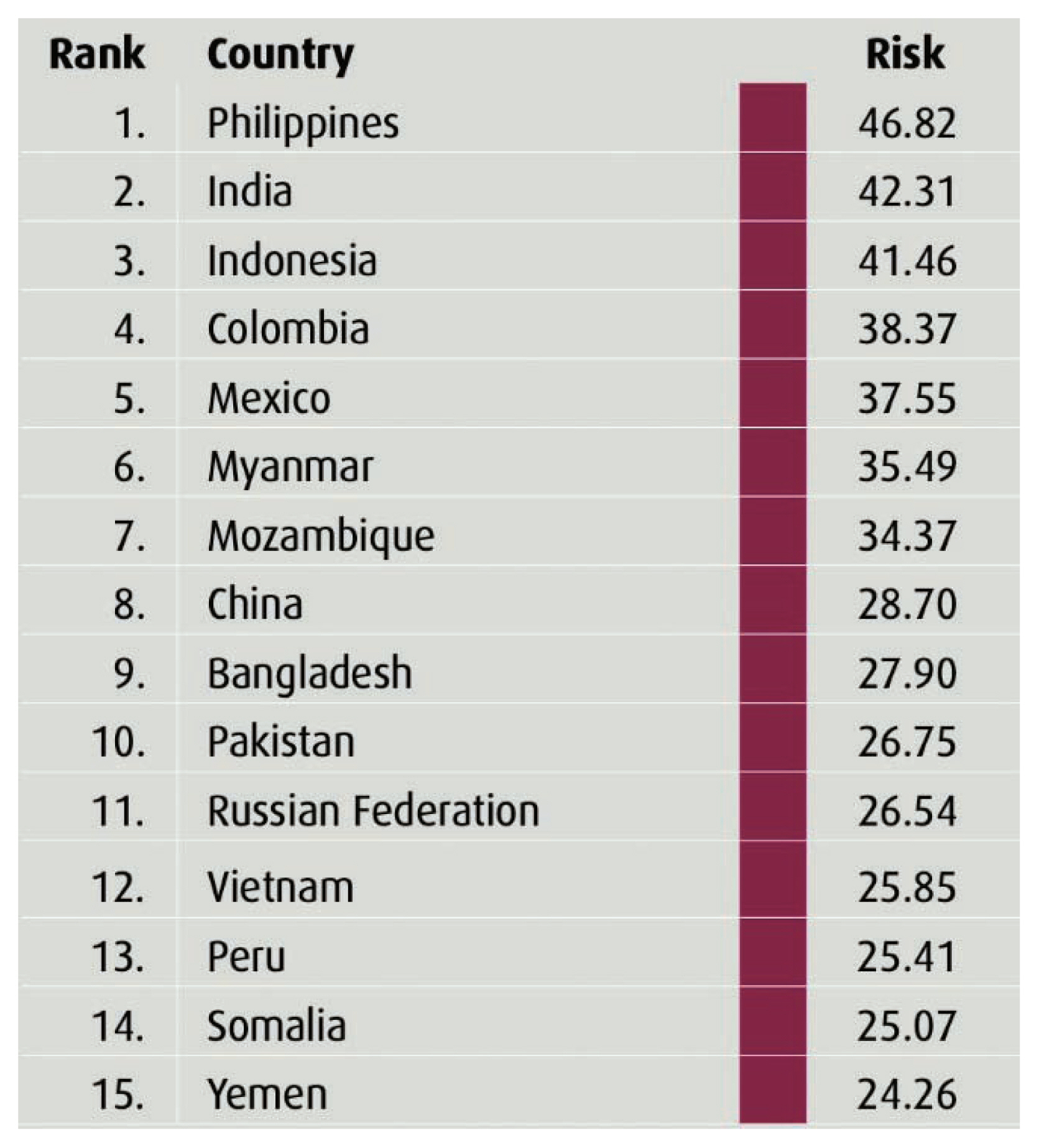Articles
- Page Path
- HOME > J Prev Med Public Health > Volume 56(2); 2023 > Article
-
Correspondence
Letter to the Editor: Strengthening the Disaster Response of the Philippines for a Better Healthcare System -
Dalmacito A. Cordero

-
Journal of Preventive Medicine and Public Health 2023;56(2):200-202.
DOI: https://doi.org/10.3961/jpmph.23.108
Published online: March 31, 2023
Department of Theology and Religious Education, De La Salle University, Manila, Philippines
- Corresponding author: Dalmacito A. Cordero Jr., Department of Theology and Religious Education, De La Salle University, 2401 Taft Avenue, Manila 1004, Philippines, E-mail: dalmacito.cordero@dlsu.edu.ph
Copyright © 2023 The Korean Society for Preventive Medicine
This is an Open Access article distributed under the terms of the Creative Commons Attribution Non-Commercial License (https://creativecommons.org/licenses/by-nc/4.0/) which permits unrestricted non-commercial use, distribution, and reproduction in any medium, provided the original work is properly cited.
-
CONFLICT OF INTEREST
The author has no conflicts of interest associated with the material presented in this paper.
Notes
Figure 1World Risk Index 2022. Source from: Institute for International Law of Peace and Armed Conflict. The WorldRiskReport; 2022 [2].


- 1. Castillo FA. Letter to the editor: insights on health, religion/spirituality, and vulnerable populations. J Prev Med Public Health 2023;56(1):97-98ArticlePubMedPMCPDF
- 2. Institute for International Law of Peace and Armed Conflict. The WorldRiskReport; 2022 [cited 2023 Jan 23]. Available from: https://weltrisikobericht.de/weltrisikobericht-2022-e/
- 3. Luz GM. 1 in World Risk Index 2022; 2021 [cited 2023 Fab 25]. Available from: https://opinion.inquirer.net/158015/no-1-in-world-risk-index-2022
- 4. Rocha IC, dos Santos Costa AC, Islam Z, Jain S, Goyal S, Mohanan P, et al. Typhoons during the COVID-19 pandemic in the Philippines: impact of a double crises on mental health. Disaster Med Public Health Prep 2022;16(6):2275-2278ArticlePubMedPMC
- 5. Baclig CE. 2021: Pharmally scandal rubs salt on pandemic wounds; 2021 [cited 2023 Feb 21]. Available from: https://newsinfo.inquirer.net/1532484/2021-pharmally-scandal-rubs-salt-on-pandemic-wounds
REFERENCES
Figure & Data
References
Citations
Citations to this article as recorded by 

- Letter to the Editor: Supporting the Sick and the Vulnerable
Fides A. del Castillo
Journal of Preventive Medicine and Public Health.2023; 56(4): 392. CrossRef
 KSPM
KSPM

 PubReader
PubReader ePub Link
ePub Link Cite
Cite


